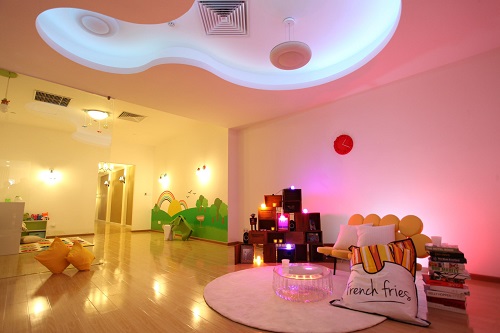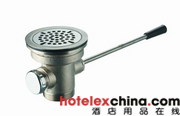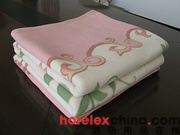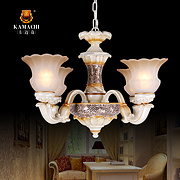
The American Society of Agricultural and Biological Engineers (ASABE) has announced publication of the ANSI/ASABE S640 standard entitled “Quantities and Units of Electromagnetic Radiation for Plants (Photosynthetic Organisms).” The work is the first in an expected three-prong effort of standards development by ASABE that can forward the proliferation of LED-based horticultural lighting. Solid-state lighting (SSL) is increasingly important to horticulture in both vertical farms and as supplemental under-cover applications in greenhouses, and the standards effort is intended to provide a common language for characterizing LED-based systems relative to plants.
Interested in articles & announcements on horticultural lighting?
A revolution is happening in horticulture. It’s a seismic shift that will change fundamentally how we grow plants — and it’s all down to lighting. The next Horticultural Lighting Conference will take place in Denver, CO on Tuesday, October 17, 2017. To find out more information and to register to attend please click here.
The standards effort for characterizing LED-based lighting for humans has been underway for a decade or more now. But basic metrics such as efficacy (lm/W) that are directly applicable to humans, since the lumen is based on human visual sensitivity, have little applicability to the effectiveness of light for plant growth. That issue is one we have covered in a number of articles including a feature last September.
Last November, we published a detailed article about the work of the ASABE that had begun back in 2015 and that by last year had become a three-part proactive effort on standards development. As our article described, the first priority was definition of metrics and a new plant biologically active radiation (PBAR) radiometric band that spans 280–800 nm — covering the ultraviolet (UV) region below human visual sensitivity and the far-red region above.
The horticultural sector has for some time used de facto metrics such as photosynthetic photon flux (PPF) and photosynthetic photon flux density (PPFD) that are based on the photosynthetically active radiation (PAR) band from 400–700 nm. Those metrics remain useful. But UV light is now known to impact plant morphology. And the far-red region can impact seed germination, flower induction, plant height, and leaf expansion. The new standard will add new metrics in those regions.










Service Hotline
Work Time:Mon-Fri 9:00-18:00
UTC+8

Sinoexpo Digital Platform
Copyright 2006-2024 Shanghai Sinoexpo Informa Markets International Exhibition Co., Ltd. All rights reserved
沪ICP备05034851号-77
 沪公网安备 31010402000543号
沪公网安备 31010402000543号